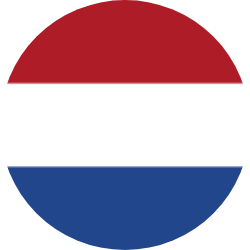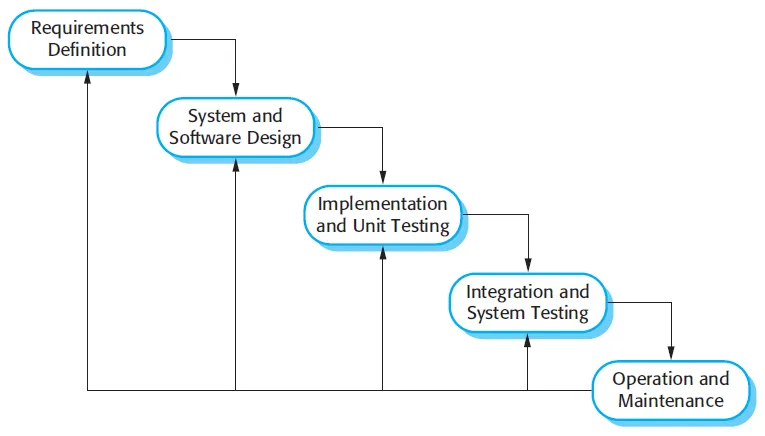Gezondheidsmeter
One platform, multiple workflows, tailored to individual needs
CE certified
Gezondheidsmeter is a software toolbox enabling the monitoring of diseases via targeted structured, data-driven instruments.
Intended use
Gezondheidsmeter PGO+ is standalone software which enables individuals (persons) to create a personal health environment where they can receive, collect and enrich medical information of one or more clinical pathways. Collecting this information will help the individual to gain insight, supports monitoring of progress, shared decision making and patient empowerment in their health situation. It is intended for a health care professional to be involved because this involvement adds significantly to the effectiveness of the application. The health care professional uses the information from the patient, added with information from his own tests, for shared decision making with the patient on diagnosis and treatment. Gezondheidsmeter is not intended for use in life-threatening circumstances. The toolbox has a modular structure. To all modules (in Dutch).
Clinical claims:
Shared decision making in the medical procedures, based on real-life patient data and medical records.
Certification CE-IIa
Gezondheidsmeter is MDR compliant.See the extension letter of the Notified Body SGS.
Monitoring approach: stepped care
The stepped care model is a way of providing and monitoring care and treatment. The aim is to provide persons with the most effective, yet least resource intensive treatment.
With this approach, it is only 'step up' to more intensive/specialist services if it is considered the right thing to do clinically.
Modules of Gezondheidsmeter are categorized:
(1) selfcare
(2) non-active monitoring by health care professionals
(3) active monitoring (with alerts) by the health care professional.
Risk assessment is in concordance with the stepped care model.
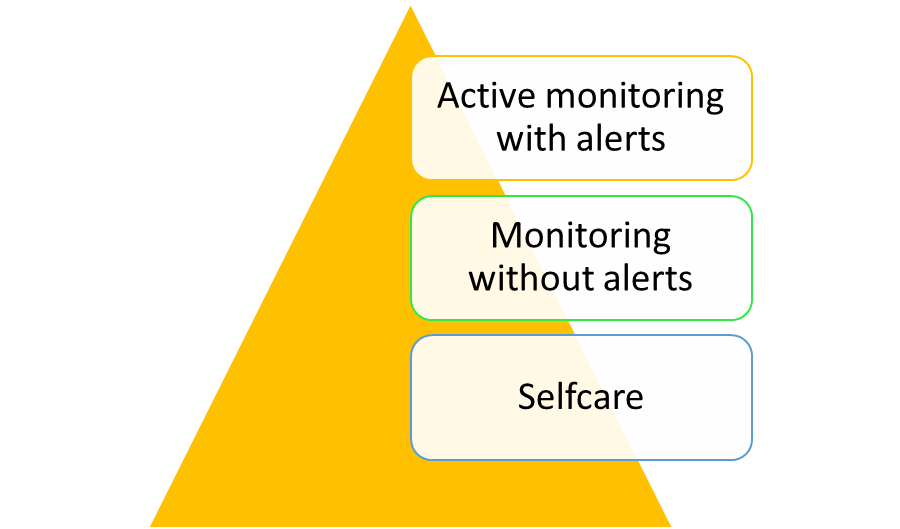
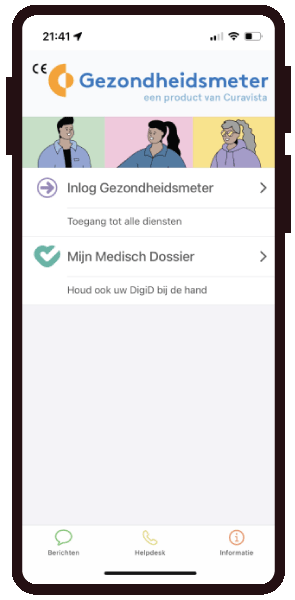
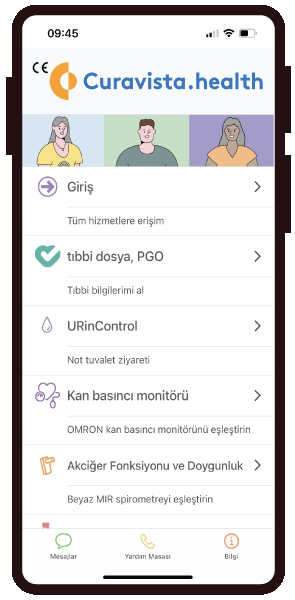
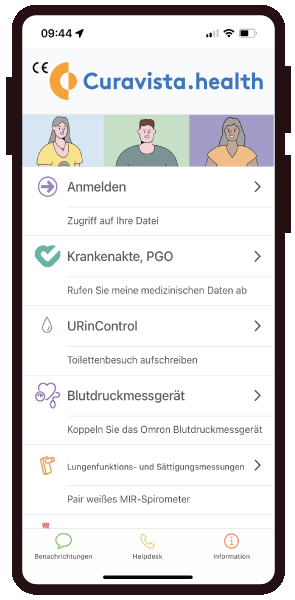
Personalized and multilingual:
Arabic, Danish, Dutch, English, French, German, Greek, Italian, Norwegian, Portugese, Polish, Spanish, Turkish, Ukrain.

Data driven cloud solution
Gezondheidsmeter employs the software toolbox as a data-driven cloud-based eHealth platform. The platform is modular and configurable. Each user (patients and professionals) has a unique record to which chosen modules are paired. Data used in the modules are collected from three sources:
- Questionnaires (PROMs / PREMS)
- Devices (like blood pressure meter, spirometry)
- Electronic Health Record (Patient summary)
The platform is very user friendly and can be entered via personalized apps & mobile websites.
Layered Architecture
Data are stored in an Oracle database and included in data models. Interoperability is key, connecting Gezondheidsmeter to electronic health records of hospitals and GP practices (SAML / OAUTH).
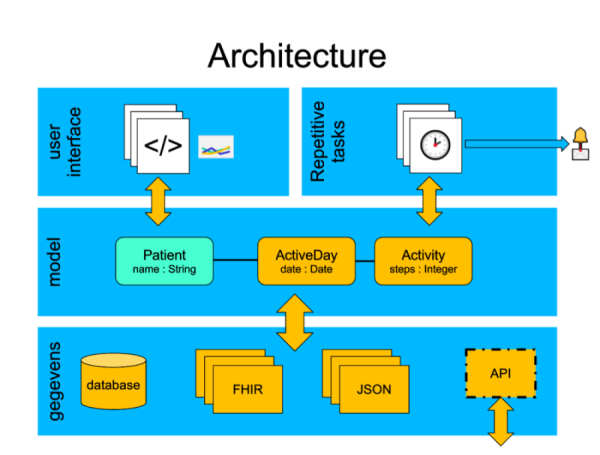
Our development process
We use the "Waterfall" method. This method is detailed, precise, and produces accurate documents to describe the system in production. This approach is a perfect match for CE certification.
The phases of the waterfall model are: Requirements, Design, Implementation, Testing, and Maintenance.
Each New Module or Request for Configuration (RFC) associated with a Module, is deployed along our DTAP line (Development / Testing / Acceptance / Production). The release cycle is every six weeks, planned one year in advance.

Curavista bv
Oeverkruid 13 - 4941 VV Raamsdonksveer
Curavista bv is ISO27001, NEN7510 and MedMij-PGO certified
Modern tools to create great software
We use high-end software components to create high-end software.
Tools we use are:








